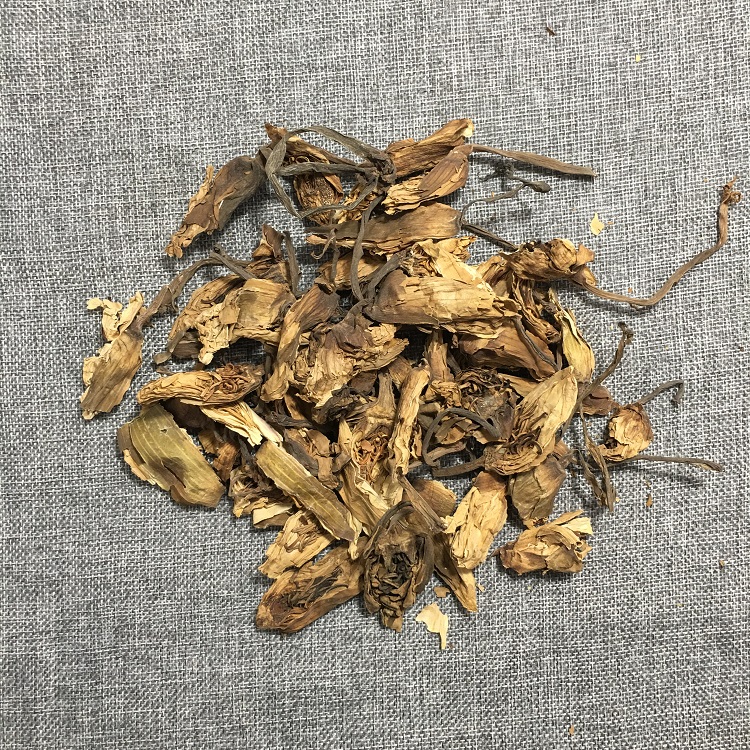
Nymphaeaceae(The water lily), also known as the lotus or simply "lily," is a beautiful and iconic flower that blooms in freshwater habitats around the world. These elegant plants are often associated with serenity and purity, and they have been the subject of art, literature, and mythology for thousands of years.
Water lilies belong to the family Nymphaeaceae, which includes several genera and numerous species. The most common genus is Nymphaea, which encompasses many of the varieties we see in gardens and natural settings. They are aquatic perennials, meaning they live for more than two years and grow back each year under favorable conditions.
One of the unique features of water lilies is their floating leaves, which can be quite large and are circular with a characteristic notch at the center. These leaves provide a platform for the flowers to rise above the water surface. The flowers come in various colors, including white, pink, yellow, blue, and purple, and they typically open during the day and close in the evening.
In addition to its ornamental beauty, Nymphaeaceae has a long history of use in traditional medicine and as a food source in various cultures. Here's an overview of the medicinal and culinary values of water lilies:
Medicinal Value:
Traditional Medicine: Water lily roots and flowers have been used in traditional medicine for their diuretic, astringent, and anti-inflammatory properties. They are believed to help with urinary tract infections, kidney stones, and other issues related to kidney function.
Antioxidant Properties: The leaves and flowers of water lilies contain antioxidants that can help combat free radicals in the body, which are associated with aging and various diseases.
Wound Healing: Some traditional uses include applying crushed water lily leaves to cuts and sores due to their astringent qualities, which can help stop bleeding and promote healing.
Medicinal Teas: In some cultures, water lily flowers or roots are steeped to make herbal teas that are believed to aid digestion and calm the nervous system.
It is important to note that while water lilies have been used in folk medicine for centuries, scientific research on their medicinal properties is limited, and their effectiveness and safety for therapeutic use should be evaluated by healthcare professionals.
Culinary Value:
Edible Parts: The flowers, leaves, seeds, and roots (rhizomes) of water lilies are edible. However, it is crucial to identify the species correctly, as some water lilies may be more palatable than others.
Flowers: Water lily flowers are often used as a garnish in salads or as a decorative element in beverages. They can also be crystallized with sugar for a unique dessert topping.
Leaves: Young, unfurled leaves of the water lily can be cooked and eaten like spinach. They are rich in vitamins and minerals but can also contain oxalates, which may be a concern for people with kidney problems or those prone to calcium oxalate kidney stones.
Rhizomes: The root-like rhizomes of certain water lily species are starchy and can be boiled, mashed, or sliced and fried like potato chips. They are a source of carbohydrates and nutrients.
Seeds: The seeds of some water lily species are also considered edible and can be dried and ground into flour or roasted as a snack.
As with any wild edible, proper identification is key to avoid toxic species, and one should ensure that water lilies are harvested from clean waters free from pollutants and pesticides. Additionally, some people may be allergic to certain components of water lilies, so caution is advised when first introducing them into the diet.






